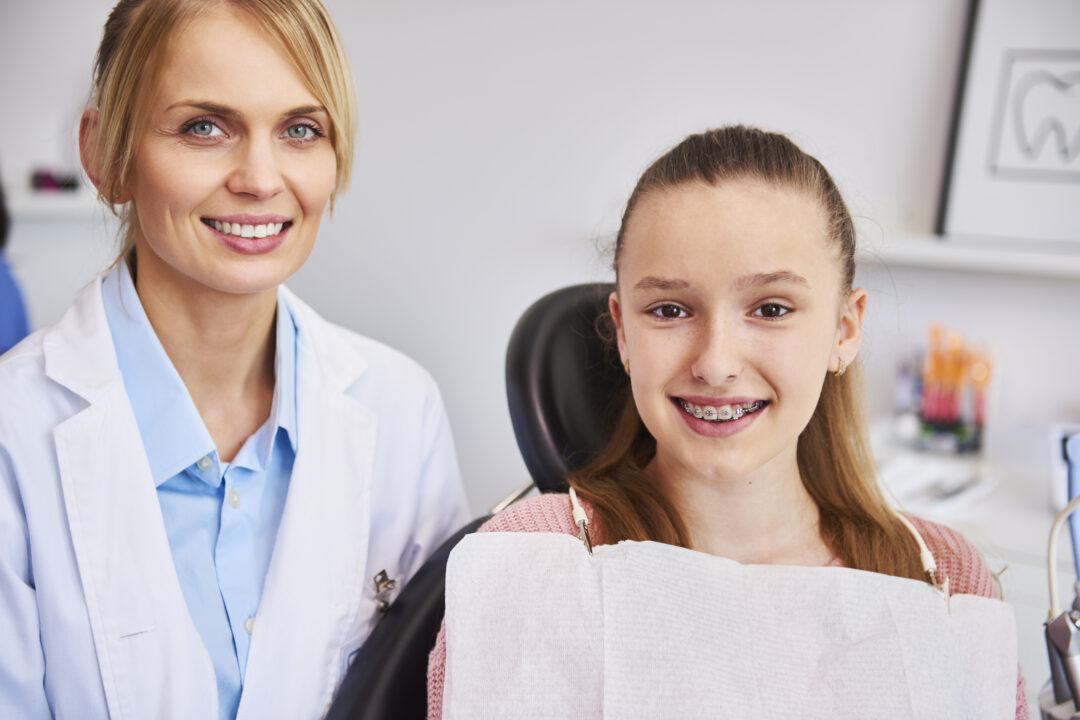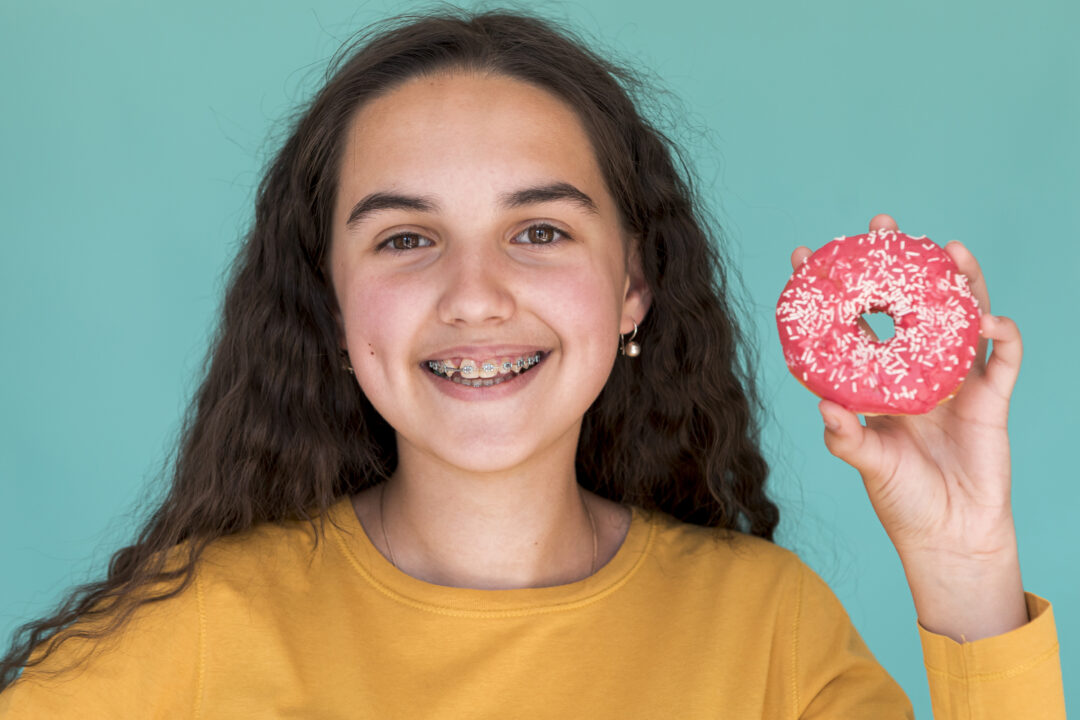What Are the Categories of Orthodontic Conditions and Malocclusions?

When talking about orthodontic conditions and dental issues, we have all heard at some point about someone having a bad bite or crooked teeth, but what exactly do we mean by this? ‘Crooked teeth’ is a pretty straightforward term, as it literally just refers to people with misaligned or crowded teeth. However, bad bites involve many cases where teeth or jaws don’t fit together as they should.
It may surprise you that, to orthodontists, misaligned teeth or jaws can constitute a malocclusion. Given that malocclusions show in very different ways and have different causes, orthodontists divide them into many types and three classes.
Keep reading if you wish to know how malocclusions occur and the different types and classes you or a friend could have.
Are Malocclusions Genetic?
Yes, most of the time, malocclusions are genetic. Unfortunately for many, most institutions agree that malocclusions are hereditary and that there is no treatment to prevent them from happening. However, some treatments aim to intercept the problems while they are still in development, making the orthodontic treatment needed much less complicated and time-consuming.
Additionally, children can develop malocclusions from bad oral habits such as tongue thrusting or thumb sucking. While it is common for kids to have such habits, if they keep them up past four years old, it could cause severe consequences. If you notice they maintain such habits, talk to their orthodontist about the situation.
Malocclusion Classes
Normally, from a front view of your teeth, your upper teeth should overlap slightly with your lower teeth. From a side, it should look like the upper row is protruding just a bit.
As mentioned previously, malocclusion can come in different ways, and thus orthodontists divide the different types into three classes.
Class I
The first class of malocclusion is the most common one out of the three. Here the molars align properly, but the front teeth either overlap more than ideal, are at an angle, or are simply too crowded. Class one malocclusions are generally easy to deal with and don’t represent major consequences for your day-to-day activities.
Class II
Class two malocclusions are very similar to class one malocclusion. The upper teeth also protrude over the lower set of teeth, but it is much more prominent and has a severe impact on the patient’s bite. If caught early in a patient’s life, orthodontists will most likely recommend interceptive treatment to start fixing the problem while it is still developing.
Class III
An easy way to understand class three malocclusions is to consider it the opposite of class two. Here the lower jaw and teeth overlap the upper teeth. Also known as an underbite and as prognathism, class three malocclusion is the rarest among patients. Like class two, once discovered, patients should receive orthodontic intervention as soon as possible.
Malocclusion Types and Orthodontic Conditions
Here are just a few of the different types of malocclusion that can affect you and your oral health.
Overcrowding
One of the most well-known types of malocclusions, overcrowding refers to teeth on the same row overlapping over each other or being at various different angles. Most of the time, lack of space in the patient’s mouth is the cause of the misalignment.
Overcrowded teeth can make the cleaning process very difficult because floss and toothbrushes can’t get to every small crevice. As a result, the patient is prone to tooth decay, gum disease, and more.
Overbite
As mentioned, it is natural and even ideal for your upper front teeth to overlap slightly with your lower teeth. However, severe protrusion, called overbite or sometimes deep bites, could mean biting down on your gums or even biting all the way to the roof of your mouth.
Crossbite
Crossbite refers to situations where one or more of your upper teeth, in one or more groups, bite behind your lower teeth. It can happen on any side of your mouth, and it can happen in different places simultaneously.
Treating Orthodontic Conditions and Malocclusions
While treatment is possible at any stage in a patient’s lifetime, it is best to treat any malocclusion present before your permanent teeth are set completely and your bite issues worsen.
Fortunately, Invisalign Roanoke can fix many types of orthodontic issues from a very early age. If you are wondering, how much does Invisalign cost? Or, why is Invisalign so expensive? Check out our other blogs here. Of course, traditional braces and their ceramic versions are also an option available for you.
Here at Reopelle Orthodontics, we commit ourselves to providing effective treatment that will permanently solve any orthodontic issue you may suffer from. If you wish to get a malocclusion treated or think you may need some type of orthodontic treatment, schedule an appointment with us here.



